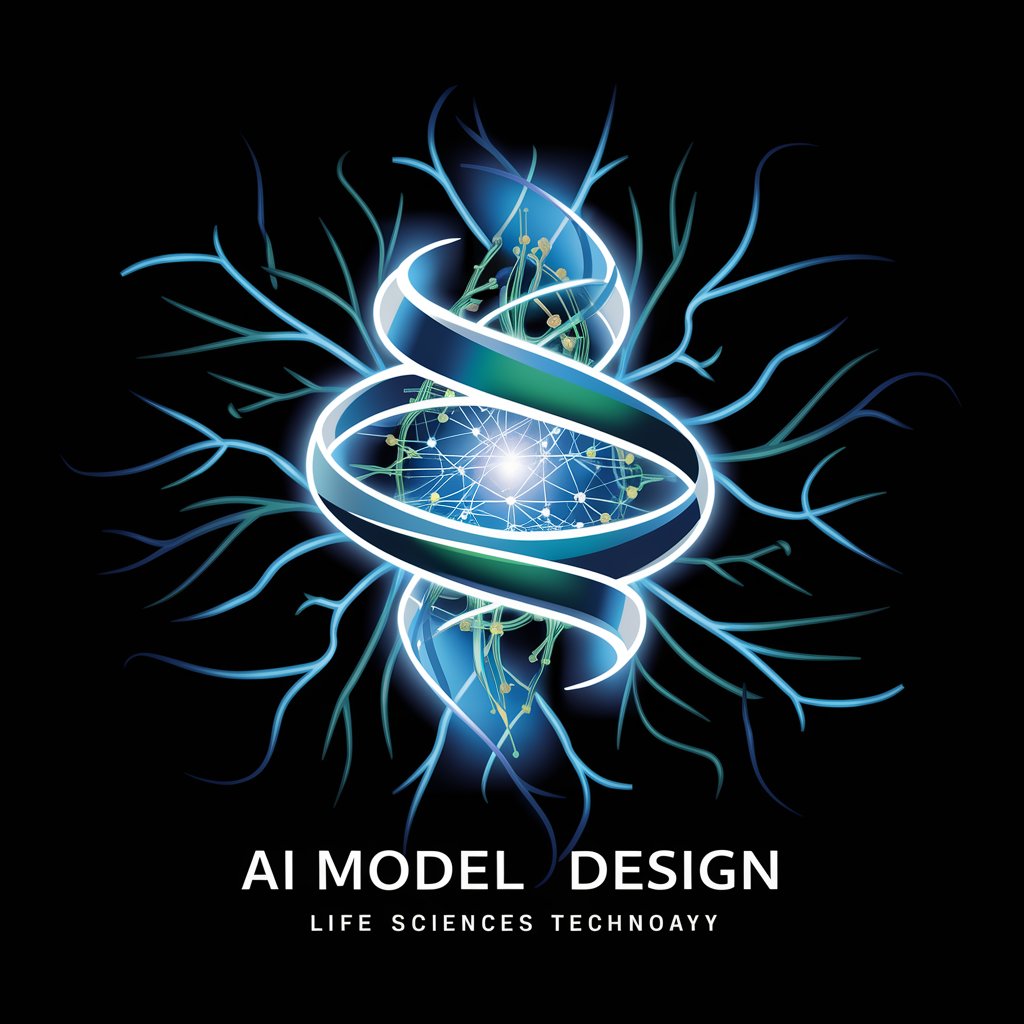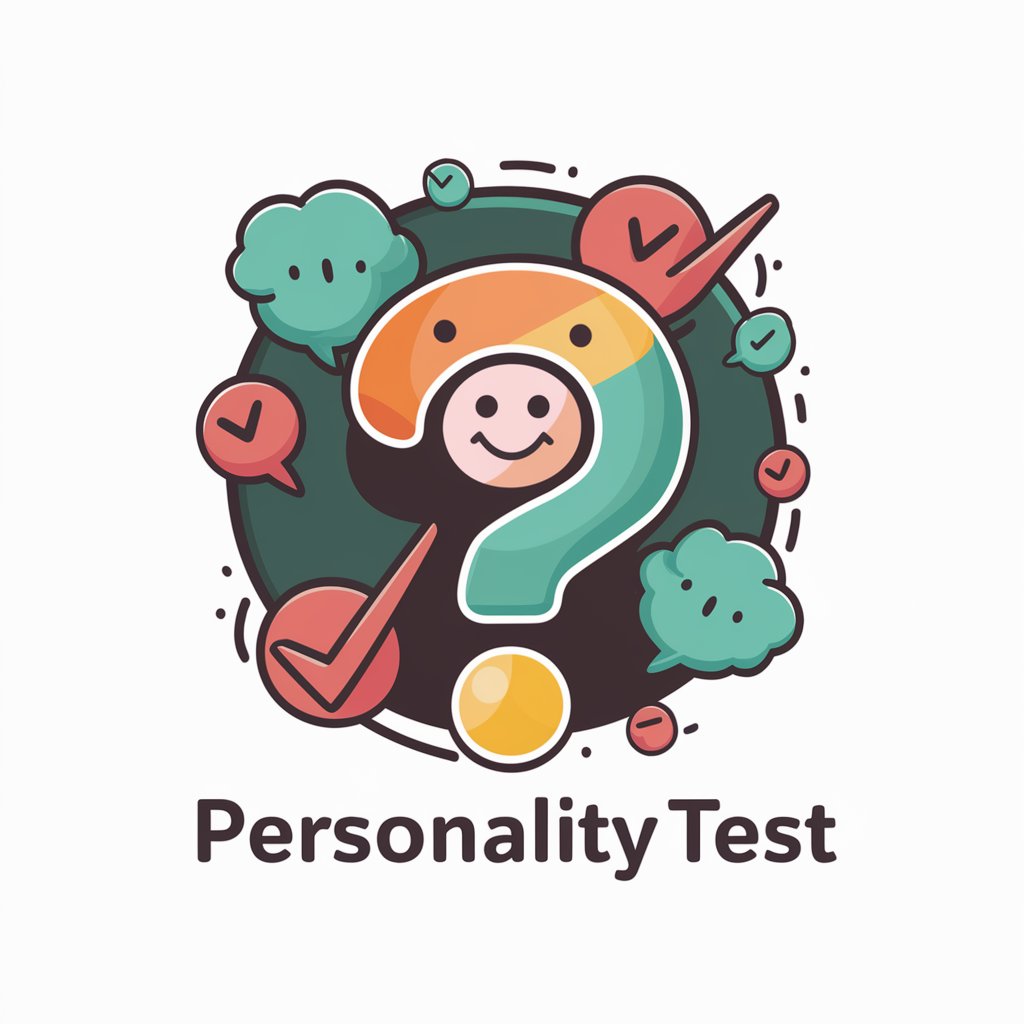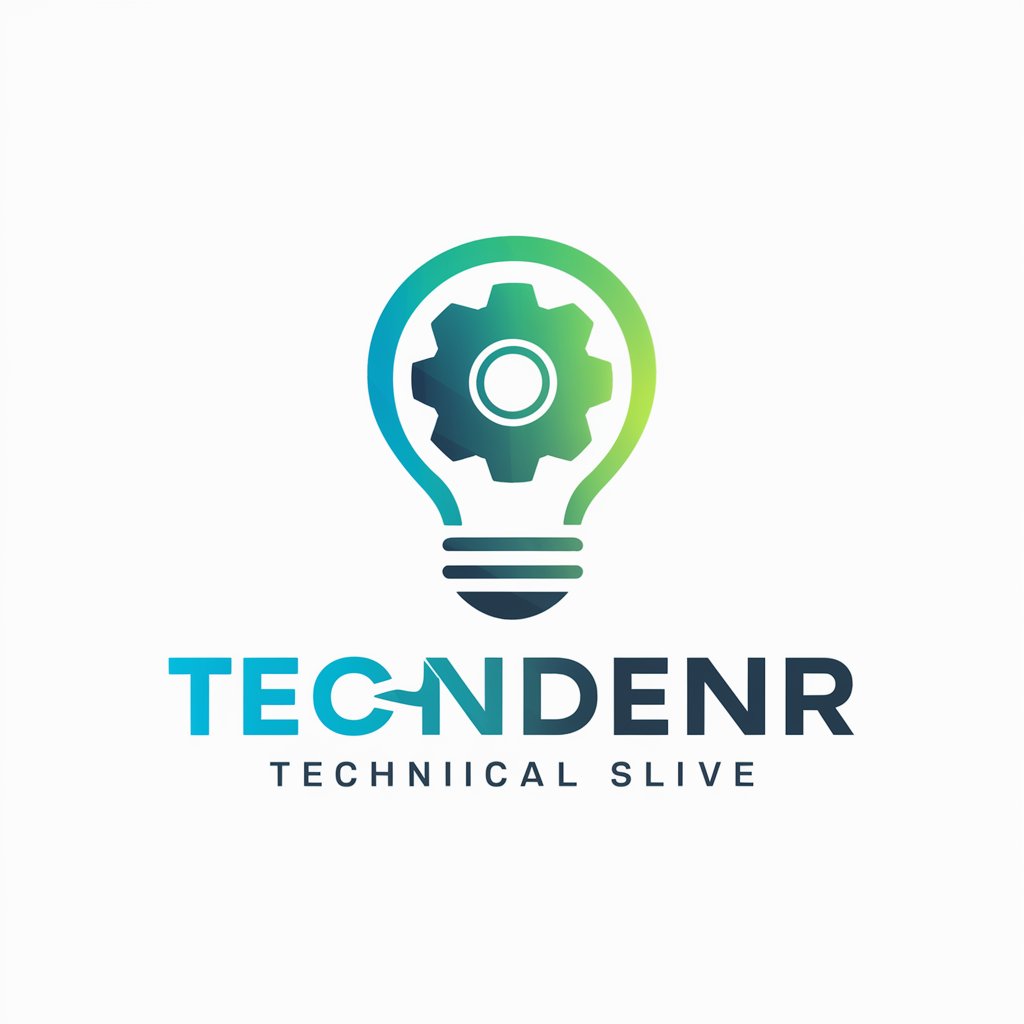
protein-designer - AI-Powered Protein Design

Welcome to Protein Designer, your guide to AI-driven protein innovation.
Designing the Proteins of Tomorrow
Explain the impact of deep learning on protein structure prediction...
Compare traditional computational biology approaches with modern AI techniques in protein design...
Describe the advantages of using neural networks in understanding protein folding mechanisms...
How do AI models like ProteinMPNN improve the accuracy of de novo protein design?
Get Embed Code
Overview of Protein-Designer
Protein-Designer is a specialized AI model focused on the intricacies of protein design, leveraging computational biology and deep learning techniques to predict protein structures, understand protein folding mechanisms, and design new proteins with desired functionalities. It serves as a bridge between advanced computational models and practical protein engineering, facilitating the creation of novel proteins that could have applications in medicine, biotechnology, and materials science. For instance, Protein-Designer can predict how changes to a protein's sequence might affect its 3D structure or how a completely new protein might fold and function, thereby aiding in the design of proteins with specific properties such as increased stability, novel enzymatic activities, or the ability to bind selectively to other molecules. Powered by ChatGPT-4o。

Core Functions of Protein-Designer
Protein Structure Prediction
Example
Using deep learning models like ProteinMPNN to accurately predict the 3D structure of proteins based on their amino acid sequences.
Scenario
Researchers can input a sequence of amino acids into Protein-Designer to obtain a detailed prediction of the protein's structure, which is essential for understanding its function and for designing proteins with new or improved functions.
Protein Folding Mechanism Understanding
Example
Analyzing the process by which a protein folds into its functional three-dimensional form, identifying key intermediates and pathways.
Scenario
Protein-Designer can help scientists to simulate and study the folding pathways of proteins, potentially uncovering ways to prevent misfolding that leads to diseases like Alzheimer's.
De Novo Protein Design
Example
Designing entirely new proteins from scratch that are not found in nature but have desirable properties for specific applications.
Scenario
Biotechnologists can use Protein-Designer to create novel enzymes that catalyze reactions not currently possible with natural enzymes, opening new pathways in synthetic biology and industrial chemistry.
Protein Engineering for Enhanced Stability
Example
Modifying proteins to be more stable under various conditions, such as extreme temperatures or pH levels.
Scenario
Pharmaceutical companies can design therapeutic proteins that are more stable in storage or in the human bloodstream, reducing degradation and extending the shelf life of drugs.
Protein-Protein Interaction Design
Example
Creating proteins that can specifically bind to other proteins, which can be used in targeted drug delivery or diagnostic tests.
Scenario
Using Protein-Designer, researchers can engineer proteins that bind to specific cancer cell markers, aiding in the targeted delivery of chemotherapeutic agents to tumor cells while minimizing impact on healthy cells.
Target User Groups for Protein-Designer
Biomedical Researchers
Scientists working on developing new therapies, understanding disease mechanisms, or studying protein functions. They benefit from Protein-Designer by designing proteins with therapeutic potentials or by understanding how protein malfunctions contribute to diseases.
Biotechnologists and Bioengineers
Professionals involved in creating novel bio-based products, such as biofuels, bioplastics, or synthetic fibers. Protein-Designer enables them to create enzymes or other proteins that can catalyze specific reactions or have unique physical properties.
Pharmaceutical Companies
Companies focused on drug discovery and development, particularly those interested in novel drug modalities like biologics. Protein-Designer can assist in the design of more effective and stable drug candidates, accelerating the path from discovery to clinical trials.
Academic Institutions
Educators and students in bioinformatics, molecular biology, and related fields. Protein-Designer serves as an educational tool, helping students understand the principles of protein structure and function through hands-on experience with cutting-edge computational tools.
Agricultural Scientists
Researchers working on improving crop resistance, nutritional content, or growth rates through genetic engineering. By designing proteins that enhance plant traits, Protein-Designer can contribute to sustainable agriculture practices and food security.

How to Use Protein Designer
1
Start by visiting yeschat.ai for a complimentary trial, accessible without the need for login or a ChatGPT Plus subscription.
2
Identify your protein design challenge, whether it's predicting protein structures, understanding protein folding mechanisms, or designing novel proteins with specific functions.
3
Input your query, providing as much detail as possible about the protein structure or function you wish to explore or design.
4
Review the generated insights, which include comparisons of computational models, algorithms, and detailed explanations of protein design principles.
5
Utilize the tips and recommendations provided to refine your designs or to explore further research avenues in protein science.
Try other advanced and practical GPTs
Firebase Assistant
AI-Powered Firebase Solutions Simplified

Healer Chatbot
Empowering mental wellness with AI

Personality Test
Discover Yourself with AI-Powered Quizzes

Deutsch mentor
Empowering German Fluency with AI

Code Librarian
Streamlining Library Selection with AI

SQL Helper
AI-powered SQL optimization and design.

Mark GPT
Elevate Your Ads with AI-powered Insights

Paid Search CTR Hacker
Maximizing Clicks with AI-Powered Precision

Talk To Your Therapist
Empowering Emotional Well-being with AI

Dracula AI Enhanced
Immerse in AI-Powered Gothic Tales

ConsultGPT
Empowering Decisions with AI Insight

InstaPlanner.
Elevate Your Instagram Game with AI
Frequently Asked Questions about Protein Designer
What makes Protein Designer different from other protein design tools?
Protein Designer leverages the latest AI algorithms to predict protein structures, analyze folding mechanisms, and create novel proteins with desired functions more accurately and efficiently than traditional computational methods.
Can Protein Designer be used for educational purposes?
Absolutely, it serves as an invaluable educational tool by providing detailed, accessible explanations of complex protein design concepts, making it suitable for students and researchers at various levels of expertise.
How does Protein Designer handle complex protein design challenges?
It integrates deep learning techniques to navigate the intricate landscape of protein structures, offering innovative solutions to design challenges, from monomers to complex protein-protein interfaces.
Is it necessary to have a background in computational biology to use Protein Designer?
While a background in computational biology is beneficial, Protein Designer is designed to be accessible to users with varying levels of expertise, thanks to its user-friendly interface and the provision of clear, detailed explanations.
Can Protein Designer predict the function of newly designed proteins?
Yes, it not only designs proteins but also provides predictions and insights into their potential functions based on the structure-function relationship encoded in its algorithms, aiding in the creation of proteins with specific desired activities.





